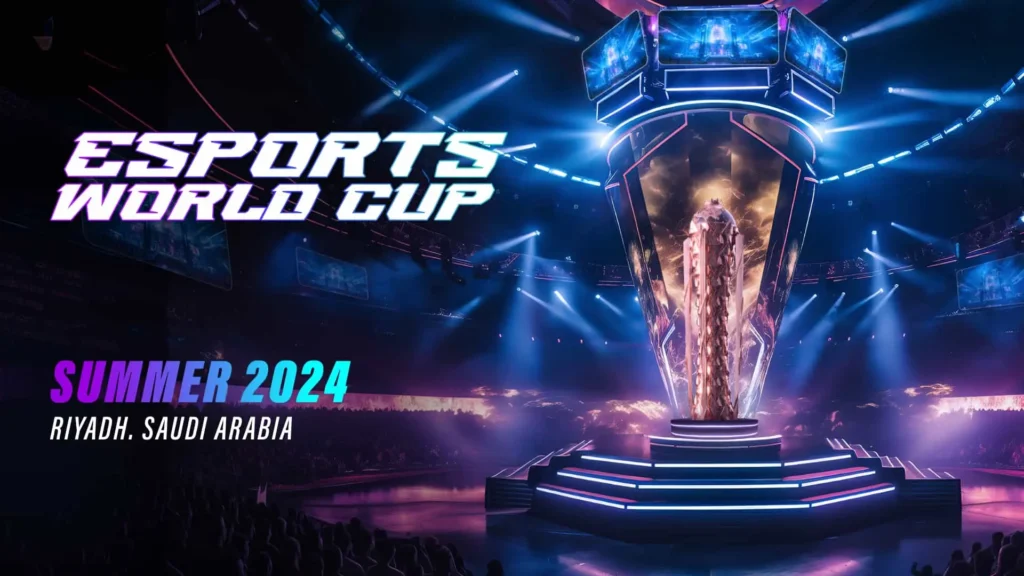Effective gaming marketing strategies and campaigns require knowledge of specific terminology.
So, this is the second part of a series covering those terms. See part one here. See part two here.
The objective is to learn their meanings, and gain insights that help navigate this dynamic space!
Gaming behavior
A gaming behavior is the underlying actions and motivations which define human interaction with a game system, or some of its parts.
Where all game experiences consist of one or more gaming behaviors.
Example
Esports behaviors consist of actions like spectating competitive gameplay, plus motivations like the desire to improve one’s own gameplay by spectating.
Touch point
A touchpoint is an intangible or tangible part of a game experience. Touch points are integral to the actions and motivations which define gaming behaviors.
As a result, touch points exist both within and beyond gameplay.
Example
Global fashion brand Louis Vuitton created a carrying case for the 2019 League of Legends World’s championship trophy. The carrying case was an around game touch point. Since, like the championship trophy, it was a tangible part of the League of Legends esports (around-game) experience.

Gaming audience
A gaming audience is the population of people who experience similar gaming behaviors.
Where all gaming audiences are defined by at least one shared gaming behavior.
Example
A gaming audience can take shape as a video game’s player base – consisting of those who engage with its playable experience. Or it could be the viewing audience of competitive gameplay (esports fans).
Game community
A game community is the conceptual home for gaming audiences. Where all gaming audiences exist within a game community.
As a result, game communities come in many different shapes and sizes.
To be clear, a game community is not a target audience.
Example
The PC gaming community is home to audiences who experience gaming behaviors on PC platforms. Meanwhile, the esports community is home to audiences defined by competitive gameplay behaviors – regardless of the underlying platform.
Gaming community
The global gaming community consists of the collection of individual game communities. The term gaming community exists because individual game community populations fluidly overlap.
In that, the aforementioned esports and PC gaming communities share members.
Once again, gaming campaigns do not target the gaming community or any individual game community. Instead, they target gaming audiences.
Example
Brand sponsors for the 2024 Esports World Cup (EWC) reached that event’s audience – not the entire esports community. Nonetheless, EWC was an event within the esports community as well as the wider gaming community, by relation.

Gaming space
Non-endemic gaming marketing covers intended actions which are independent of digital gameplay.
A gaming space, also known as a video game space, is a non-physical or physical environment in which audiences experience gaming behaviors.
The same orientation to gameplay used for game experiences also applies to gaming spaces:
- An in-person esports tournament is an away from game space.
- A video game’s virtual environment is an in-game space.
- A video game livestreaming channel is an around game space.
Example
Financial company Mastercard sponsored a VIP event at the 2022 League of Legends Worlds Championship Group stage. The activation, called The Priceless Table at Worlds 2022, produced by AYS Sports Marketing, was an away from game space that fused food, gaming and popular culture together.

Also, remember to subscribe to our YouTube channel to keep up with the latest gaming marketing insights and trends!

